The DVSA has recently highlighted some confusion about the use of "HIAB" loader lorries regarding the length and maximum weight of these vehicles.
An HIAB truck or crane allows the user to load or unload heavy objects that the same vehicle is transporting. They are usually made up of a crane mechanism mounted on a modified tractor chassis. The name HIAB is an abbreviation of "Hydrauliska Industrial AB", a company founded in Hudiksvall, Sweden in 1944 by Eric Sundin. Eric Sundin was a ski manufacturer who saw a way to utilise a truck's engine to power "loader-cranes" through the use of hydraulics, thereby saving time and cost for loading and unloading large items from vehicles.
The DVSA has noticed an increased number of these types of Heavy Goods Vehicles (HGVs) being used on the UK roads and has been involved in prosecutions where the vehicles had been considered to be too long or overweight. In a recent Court of Appeal ruling a vehicle fitted with a HIAB and towing a trailer was found to be over the permitted 16.5m length. The Court of Appeal found in favour of the DVSA conviction that the length of the vehicle is measured to include all parts of the vehicle including the parts the crane is mounted on. Some manufacturers of these vehicles had been indicating to operators purchasing the vehicles that this was not the case and/or that they could run "HIAB Tractor Units" under the Special Type General Order (STGO) regulations.
These regulations govern the special types of vehicles and loads that do not meet the Road Vehicles (Construction & Use) Regulations 1986 (known as C&U Regs) and the Road Vehicles (Authorised Weight) Regulations 1998 (AW Regs).
Vehicles most likely to be used under an STGO are:
- Abnormal indivisible loads - i.e. loads which cannot be divided into 2 or more loads to be transported by road,
- Mobile cranes: specially built or adapted for lifting operations, i.e. cannot transport a load itself,
- Engineering plant - a moveable piece of plant or equipment which is a motor vehicle or trailer specially built for engineering operations, and
- Road recovery vehicles, i.e. vehicles that are specially built for recovering broken-down large vehicles.
The ruling in the Court of Appeal makes it clear that HIAB vehicles do not come under the remit of the STGO and therefore the length and weight of the vehicle must comply with the C&U and the AW regulations. that is to say: The length of the tractor unit with the trailer attached must not exceed the permitted 16.5m. The combined weight of the tractor unit, and the trailer & load it is pulling must not exceed the 26 tonne limit.
Within the C&U and AW regulations there are allowances for any apparatus that extends beyond the rear and/or front of the total length of the vehicle. These overhanging sections can be subtracted from the total length and do not count towards the total length permissible under the regulations. However, if a HIAB crane has been fitted and forms part of the trailer and/or tractor unit it will be included in the total length of the vehicle.
Operators would do well to ensure before purchasing an HIAB unit that the vehicle manufacturer's interpretation reference the STGO regulations is correct and further, that having bought such a vehicle that any loads being transported (that do not qualify as "special loads") should comply with the length and weight set down in the C&U and AW regulations.
Despite the inventor, Eric Sundin's aim to save time and cost in the loading and unloading of vehicles through the use of his hydraulic crane being attached to the load vehicle, the use of HIAB equipment on the UK's roads means that Operators do need to spend time ensuring that such vehicles are being used correctly, and comply with the applicable regulations.
As always, if any of the issues mentioned above might be affecting your transport operation, then call us on 01279 818280 or email by clicking here. We are here to help.
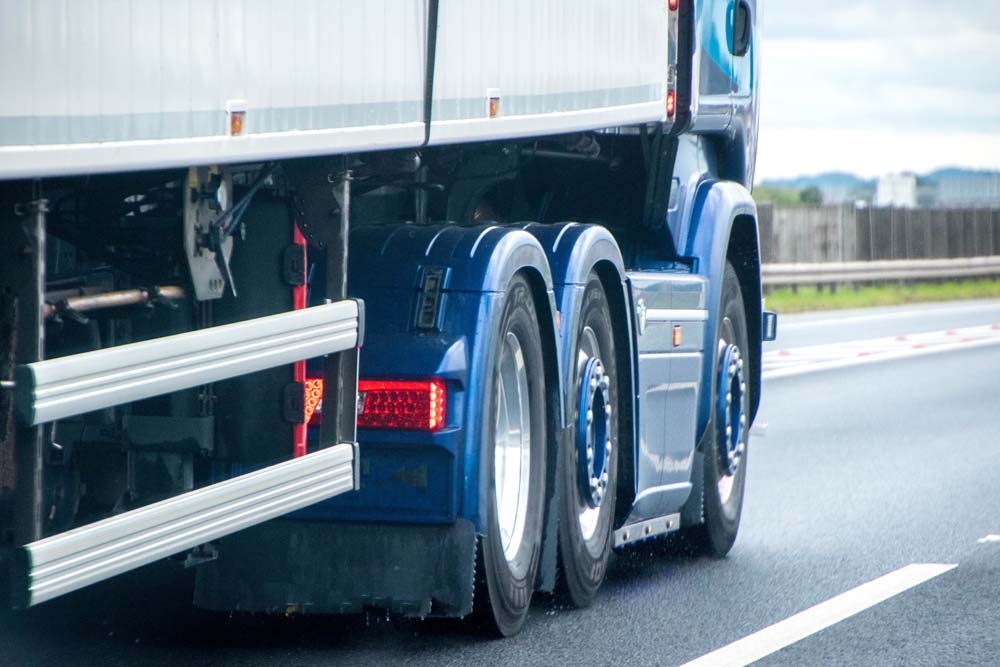
More News and Insight

Changes to Brake Safety Inspections for Commercial Vehicles – April 2025
In April 2025 the brake testing regime guidance will change. Roller Brake Tests, that have been mandatory for years, will be joined by an Electronic Break Performance Monitoring System or EBPMS…
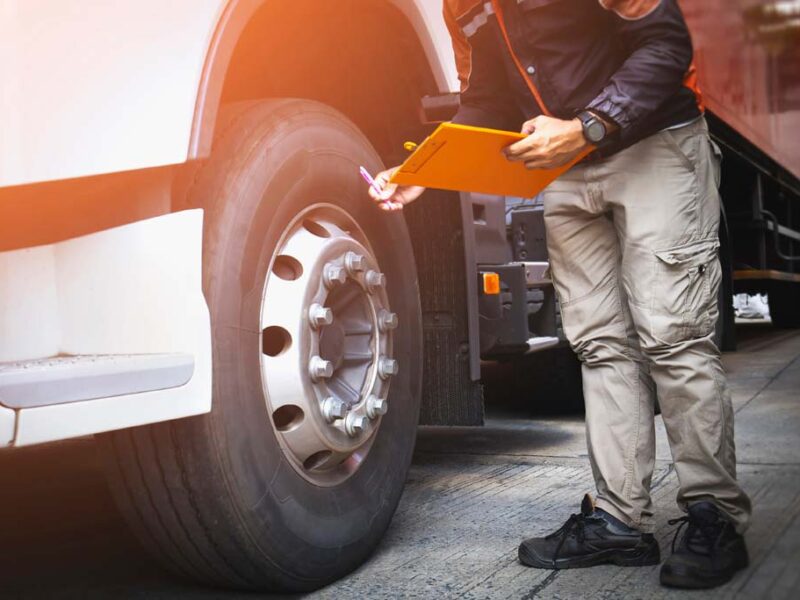
Case Study – Public Inquiry for Gillbard Plant, Autumn 2024
Gillbard Plant was called to Public Inquiry in Autumn 2024. The hearing made headlines in the transport press due to the element of “DVSA Poacher turned Game-keeper” of Gillbard Plant’s Transport Manager, Mr. Anthony Brayley-Willmetts, a former DVSA (VOSA) examiner turned transport consultant…
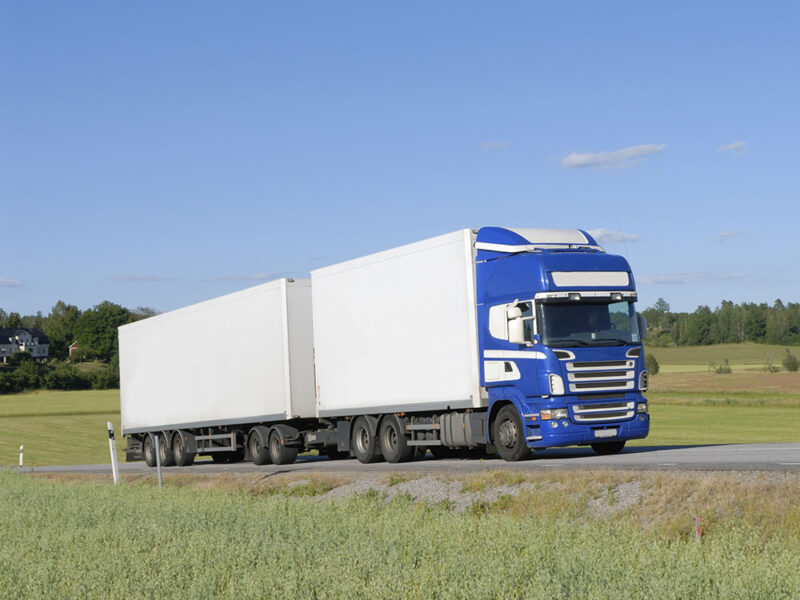
DVSA Load Security Guidance – Updated December 2024
When carrying loads on lorries every HGV Operator knows how important it is to ensure that goods are secured safely so that they arrive at their destination in good condition and that they do not cause any damage or danger on the UK’s roads during the process of transporting them…

New Rules for Vehicle Operators and Drivers Carrying Out International Journeys
The Department for Transport and the Driver and Vehicle Standards Agency recently issued a bulletin regarding the new rules that vehicle operators and their drivers will have to comply with if travelling on international journeys…

Road Haulage Association Members and DVSA Leadership Work Shadow Each Other!
To help highlight the Road Haulage Association’s “National Lorry Week” which this year was between 4th and 8th November 2024, the Road Haulage Association and the DVSA’s Leadership team decided to spend some time work shadowing each other….
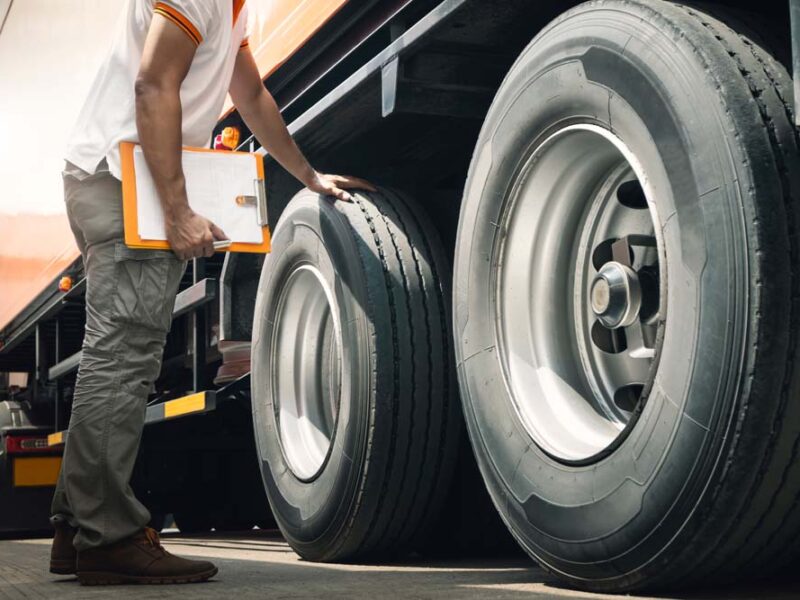
2024 Update to Guide to Maintaining Roadworthiness (GTMR)
The Guide to Maintaining Roadworthiness is the Driver & Vehicle Standard Agency’s (DVSA) standard produced in collaboration with key industry stake holders which explains the responsibilities and systems involved in maintaining vehicles in a roadworthy….

New Driver CPC Reforms to be in Force from 3rd December 2024
Following a very lengthy consultation period on this matter launched in early 2023, Parliament finally debated the “Vehicle Drivers (Certificates of Professional Competence) (Amendment) Regulations 2024” on Tuesday 29th October 2024…
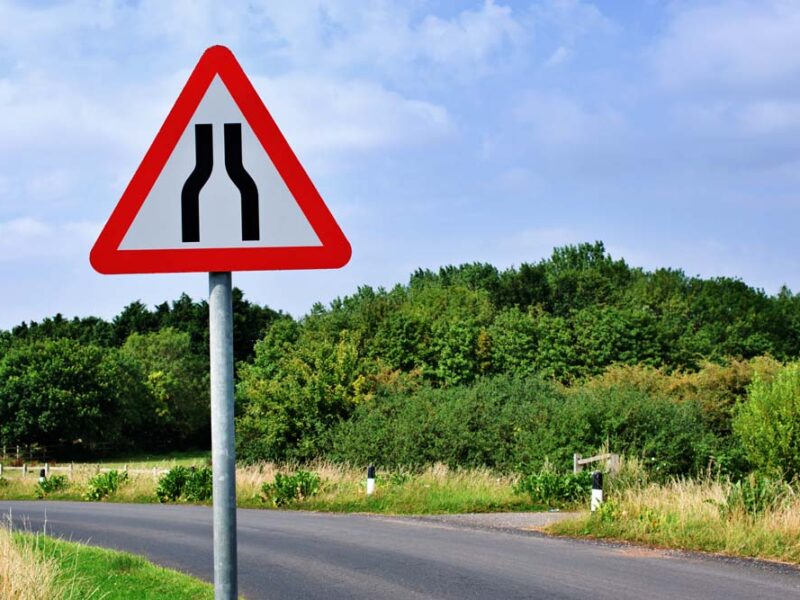
When Sat Nav’s Lead Lorries Astray!
Lorries getting into trouble and causing chaos in the small country roads of Great Britain have been making headlines again. Whilst a lot of this content is amusing and no doubt is a winner with internet audiences there is a very serious side to these incidents…

Traffic Commissioners 2023-2024 Report – the Highlights & the Lowlights of the Year
In early October the Traffic Commissioners of Great Britain published their annual report. The report encompasses the purpose of the individual Traffic Commissioners who are independent regulators for the goods vehicle and public service vehicle industries and their professional drivers…
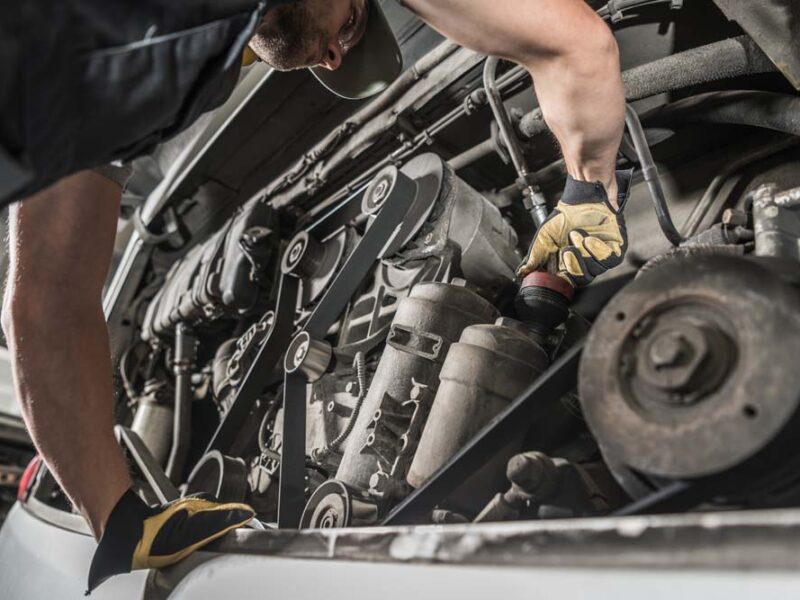
Vehicle Maintenance Data Collected by the DVSA
In a recent ‘blog’ by the DVSA’s Danny Charles the amount and type of data that the DVSA collects was discussed. Some may find it surprising how much data the DVSA holds and makes available to the general public on individual transport businesses…

Murky Mini-Bus Waters in UK?
There has been reports in the industry news concerning the number of illegal operators of mini bus services who are operating un-hindered by the regulatory enforcement agencies…

Driver CPC – Changes Coming in 2024 and 2025
The Driver Certificate of Professional Competence (DCPC) was introduced in the UK in 2007, as specified in EU Directive 2003/59/EC for all commercial drivers…
